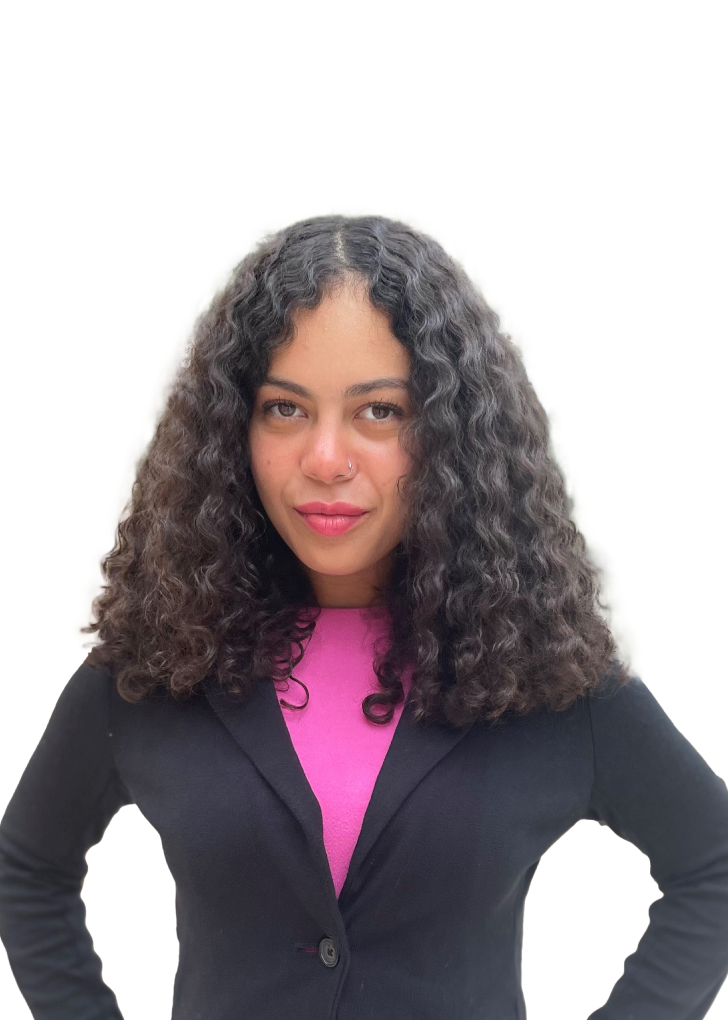
The critical decision to remove a child from a home because of abuse or neglect is based on the work of child welfare investigators.
But about 80 percent of Florida’s investigators have less than two years’ experience. And more than half are juggling heavy caseloads.
Fixing those problems is one focus of a new attempt to improve Florida’s child welfare system.
The Florida Department of Children and Families plans to work with national experts to give investigators better training and to reduce their workload. There also will be more services for parents struggling with opioid and other addictions, more financial help for families who take in the children of relatives and more efforts to recruit foster parents.
Those measures are the DCF’s response to a critical federal review of the state’s welfare system compiled last year by the Children’s Bureau, part of the U.S. Department of Health and Human Services. In more than half of 80 reviewed cases, the bureau said, child welfare agencies removed children from homes without first providing appropriate services that could have helped families. Agencies also were lax in following safety plans, according to the review.
Even before it received the findings, the DCF had contracted with Action for Child Protection — a national child welfare consulting organization — to improve how investigators assess and monitor families reported for abuse or neglect.
Agencies that run child welfare will be told to do a better job finding relatives that can give short-term homes to children taken from their parents. Those families should also get more help applying for and receiving “caregiver” benefits, which total up to $298 per month for older children.
The goal is to keep children in their home and to provide more services such as addiction counseling or parenting classes. Once taken into the care of the state, children spend months and sometimes years stuck in a system that typically moves slowly. Only about 43 percent of children under the care of the state are permanently placed — either returned to their parents or adopted — within 12 months.
“This is a continuation of what we’ve been doing,” said DCF Secretary Mike Carroll. “We’re clearly making improvements, but we’ve got a long way to go. I feel a real sense of urgency to pick up the pace.”
Still, high turnover of investigators, who in Hillsborough County earn about $45,000 annually once they complete initial training, remains a problem for the DCF, Carroll acknowledged.
Part of the problem is the workload, he said. More than 51 percent of investigators are responsible for more than 15 active investigations, records show.
“These are entry-level jobs, and we work folks to the bone,” Carroll said.
Turnover also has been a problem for the Hillsborough County Sheriff’s Office, which employs about 83 child protective investigators to assess abuse and neglect allegations.
In 2015, its Child Protective Investigations Division lost 42 investigators. It reduced that to 28 in 2016 by providing new investigators with more support, said Capt. Jim Bradford, the deputy division commander.
The recent changes made by the DCF also have helped. Investigators can now more quickly drop cases that clearly have no merit, such as allegations that sometimes come from angry neighbors or disgruntled ex-spouses.
The federal review of the DCF also found that the state was not providing enough services such as counseling, anger management and physical therapy for children, particularly in rural areas. Two Harvard University fellows are working with the DCF to address the problem.
The challenge is that some of those services fall outside of the DCF’s budget. They may be paid for through Medicaid, private health insurance or local government’s community mental health budgets, making it tougher for the DCF to control.
To recruit more foster parents, Carroll is expecting care agencies to take a more sophisticated approach when reaching out to the community.
“If you need homes for teens, you need to be recruiting homes for teens,” he said. “The demographics of the folks willing to do that is significantly different than those willing to take young children.”
The DCF’s plan has been sent to the Children’s Bureau for approval. Carroll expects only minor changes. With many of the initiatives already under way, the cost will be minimal, Carroll said.
But funding remains an issue for child welfare, said Kurt Kelly, a former state lawmaker and chief executive officer of the Florida Coalition for Children, a statewide association that represents community-based care agencies.
His group lobbied state lawmakers to provide an extra $49 million this year for the agencies that run child welfare to hire more case managers and reduce the workload of existing ones.
Preliminary budgets show they are likely to get between $14 million and $20 million extra.
“It’s not enough,” Kelly said. “We would be able to hire more case managers and train them more. We would be able to provide a bigger array of services and more best practice for in-home and out-of-home care.”
Contact Christopher O’Donnell at codonnell@tampabay.com or (813) 226-3446. Follow @codonnell_Times.
Goal of state’s new child welfare plan: more help for investigators and more foster parents 04/21/17 [Last modified: Monday, April 24, 2017 8:09pm]
Photo reprints | Article reprints

